Find Help
More Items From Ergsy search
-
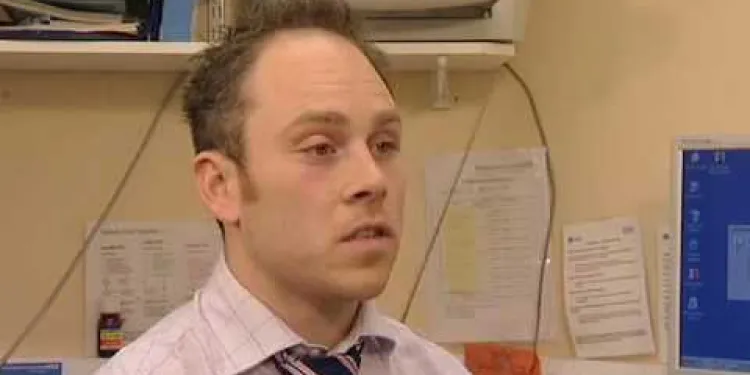
Advice on sports injuries
Relevance: 100%
-
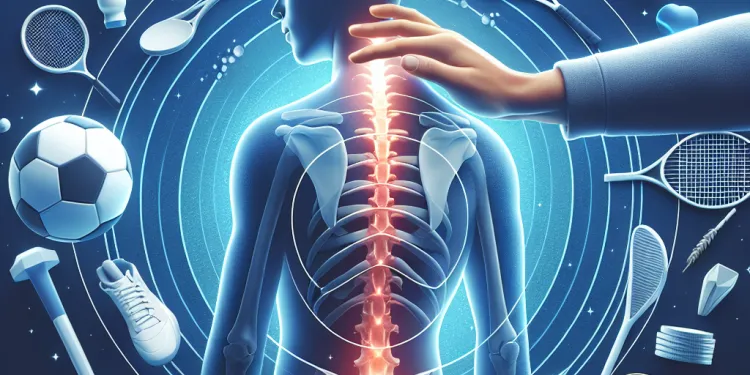
Can chiropractors help with sports injuries?
Relevance: 90%
-
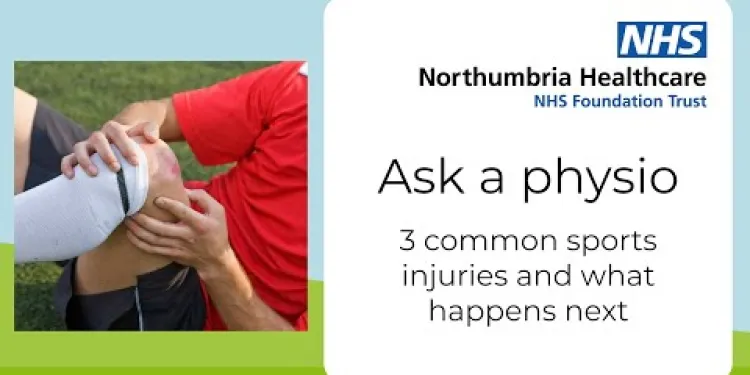
Ask a physio: 3 common sports injuries and what happens next
Relevance: 78%
-

Can playing sports increase the risk of a concussion?
Relevance: 55%
-

Is it safe to participate in group sports while pregnant?
Relevance: 50%
-
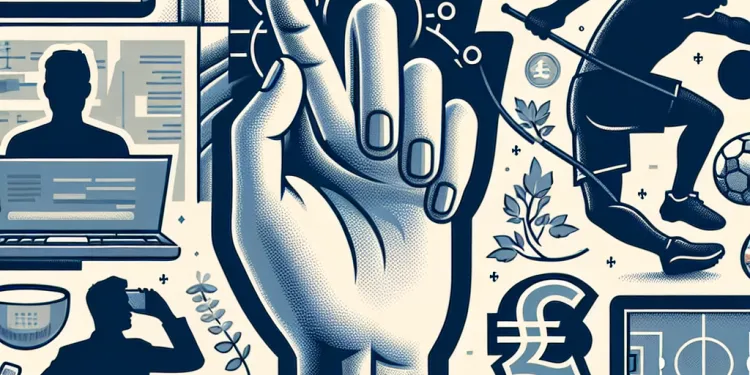
Can I work or continue sports activities if I have Carpal Tunnel Syndrome?
Relevance: 41%
-

Navigating Personal Injury Claims: What You Need to Know Post-2023
Relevance: 37%
-
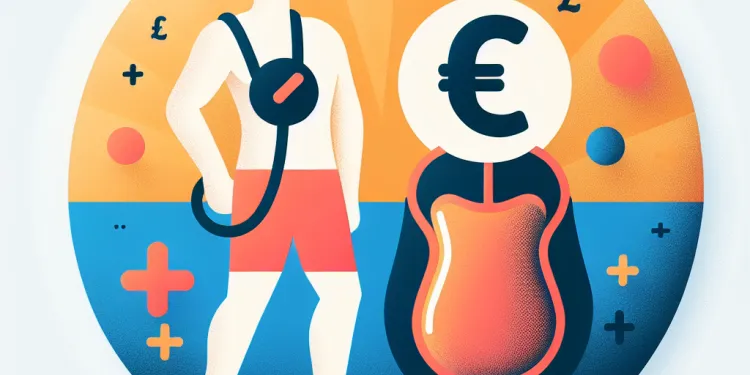
Can you participate in sports or physical activities with a stoma bag?
Relevance: 30%
-

Can concussions occur without a direct blow to the head?
Relevance: 30%
-

How can concussions be prevented?
Relevance: 30%
-
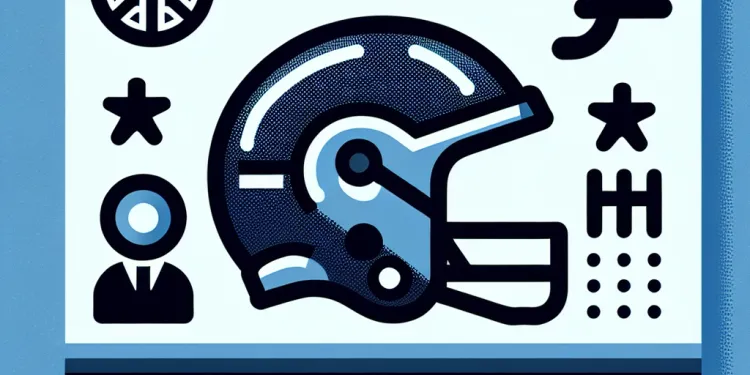
How can concussions be prevented?
Relevance: 27%
-

What is Concussion?
Relevance: 27%
-
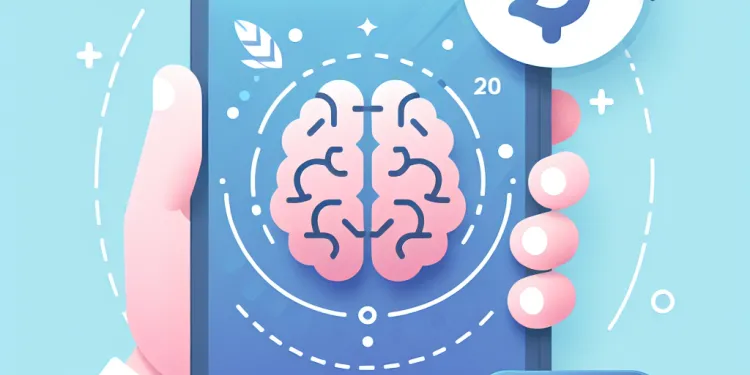
Is there any way to prevent concussions?
Relevance: 27%
-
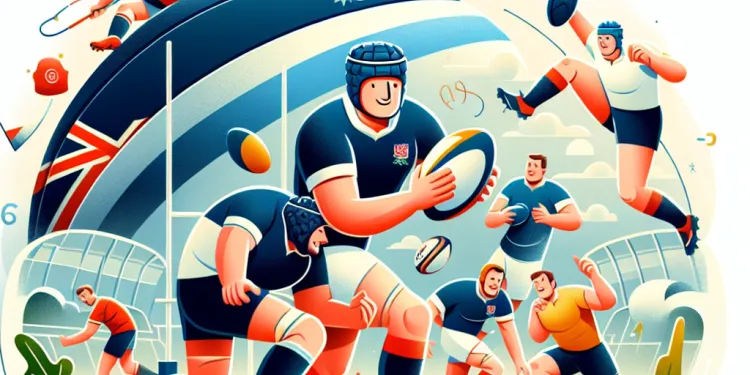
Are Concussions common in Rugby?
Relevance: 26%
-
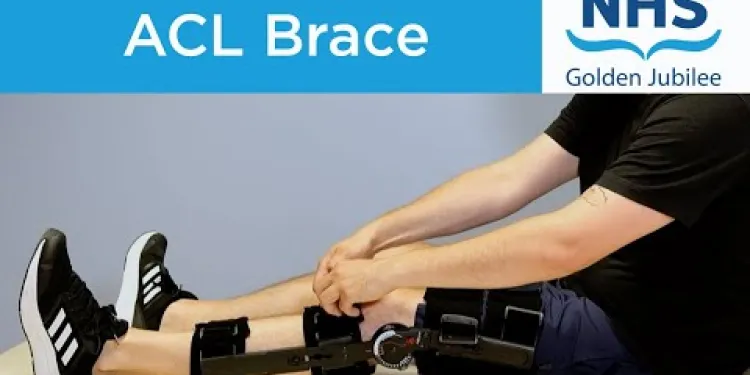
ACL Brace
Relevance: 26%
-
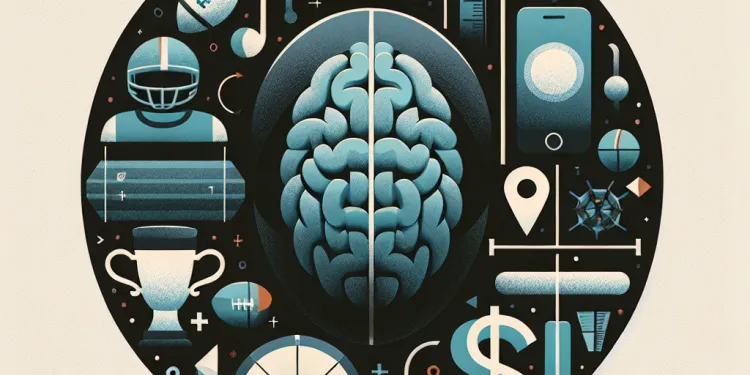
What causes concussions in rugby?
Relevance: 26%
-
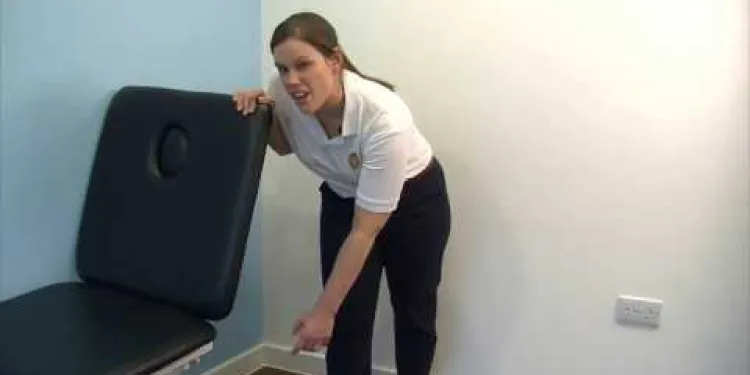
DBTH VFC DISLOCATED SHOULDER
Relevance: 25%
-

Is training available for coaches to help prevent concussions?
Relevance: 25%
-

Are there any exercises to avoid during pregnancy?
Relevance: 25%
-
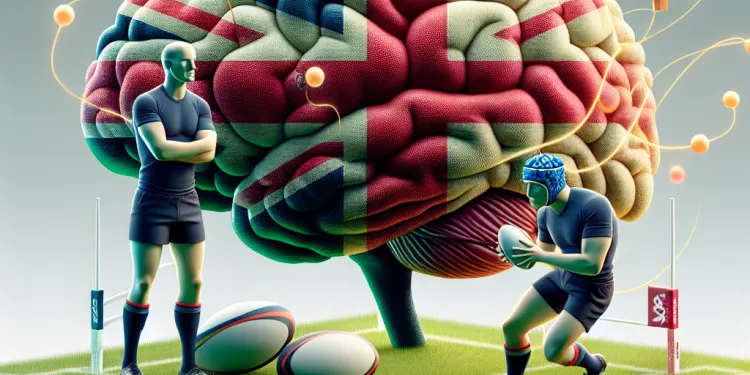
Are helmets required in rugby to prevent concussions?
Relevance: 24%
-
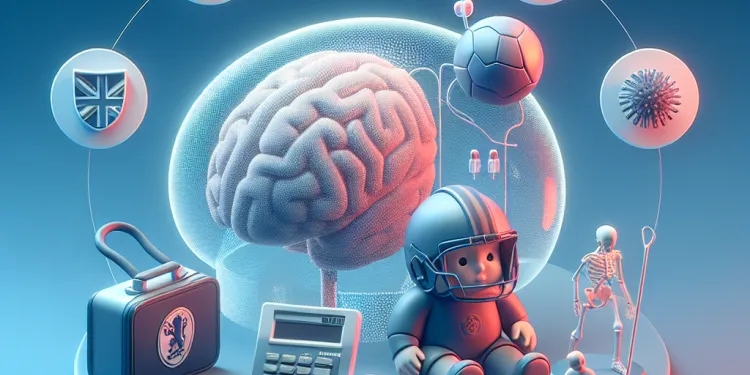
Are children more susceptible to concussions than adults?
Relevance: 24%
-

How is a concussion diagnosed?
Relevance: 22%
-
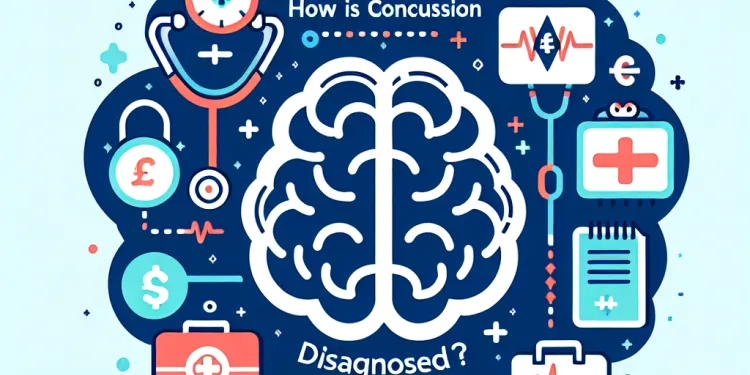
How is a concussion diagnosed?
Relevance: 22%
-
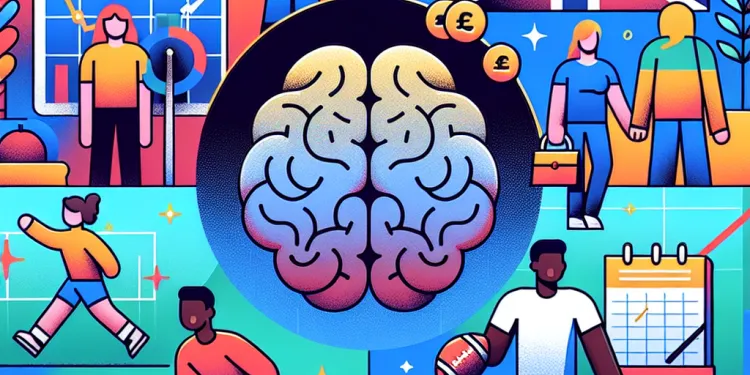
When is it safe to return to normal activities after a concussion?
Relevance: 22%
-
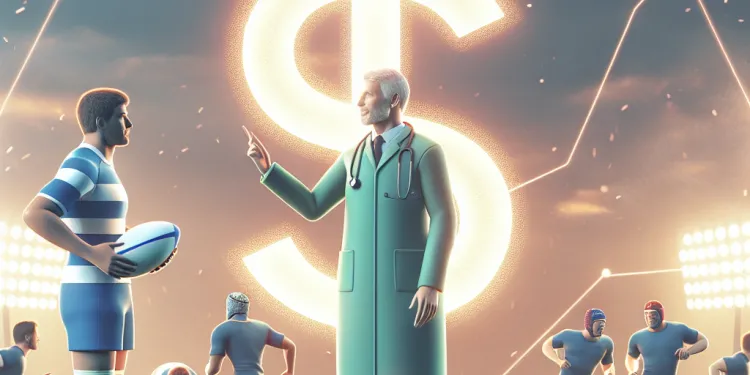
Is there a protocol for managing concussions in rugby?
Relevance: 22%
-

What role do schools play in managing concussions?
Relevance: 22%
-
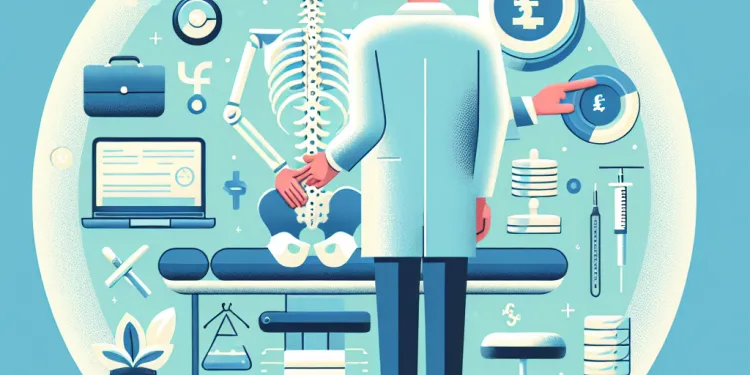
What does a Chiropractor do?
Relevance: 22%
-

How do concussions impact long-term health in rugby players?
Relevance: 22%
-

Can players return to play on the same day after a suspected concussion?
Relevance: 21%
-

Is headache a symptom of a concussion?
Relevance: 20%
-

ACL exercises post-operation
Relevance: 19%
-
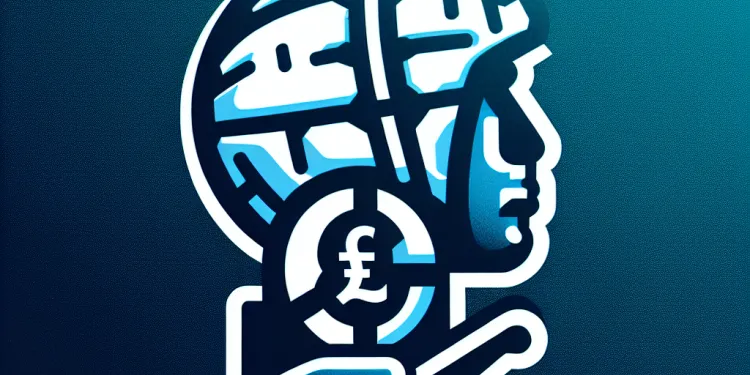
What support is available for rugby players who suffer concussions?
Relevance: 19%
-
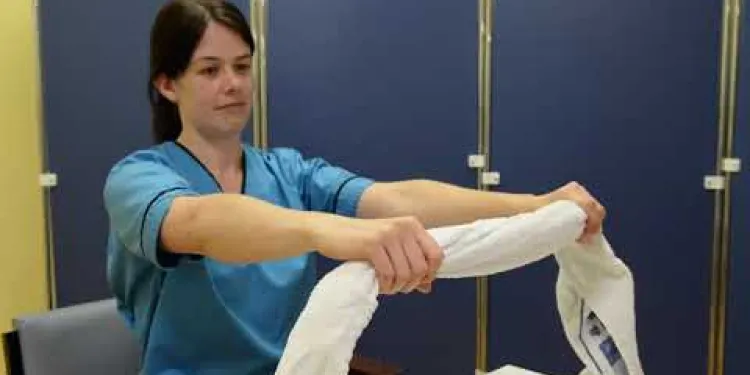
Elbow
Relevance: 18%
-

Can first aid skills help in daily life?
Relevance: 18%
-
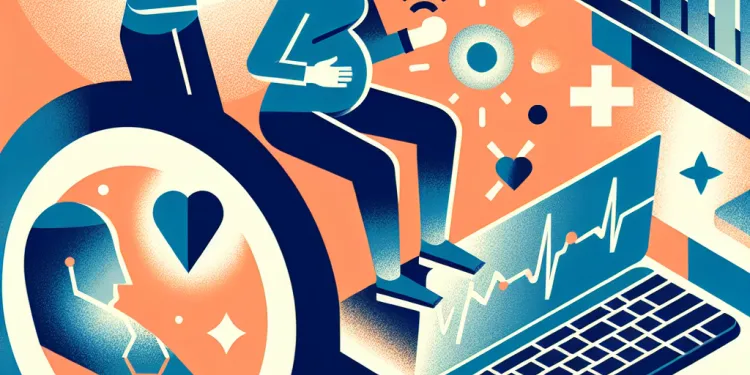
How can I ensure safety during pregnancy exercises?
Relevance: 17%
-

Where can AEDs typically be found?
Relevance: 17%
-
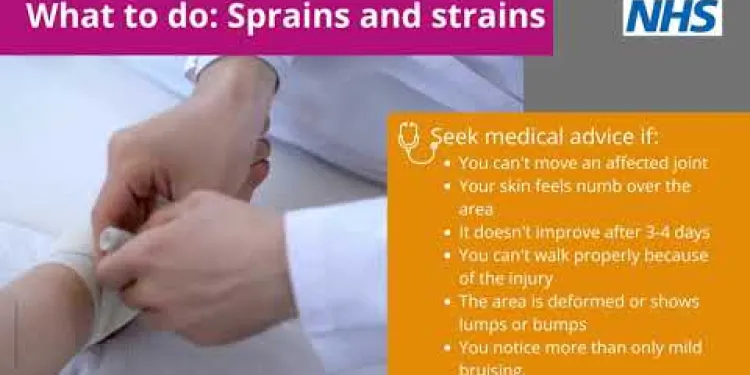
Self-care for sprains and strains
Relevance: 16%
-
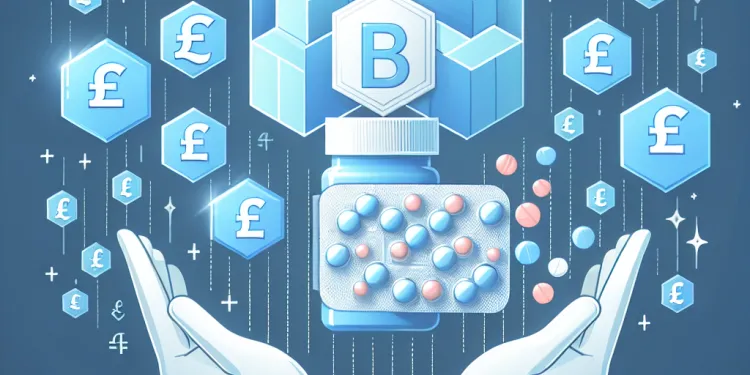
Can Ibuprofen be used to reduce inflammation?
Relevance: 16%
-
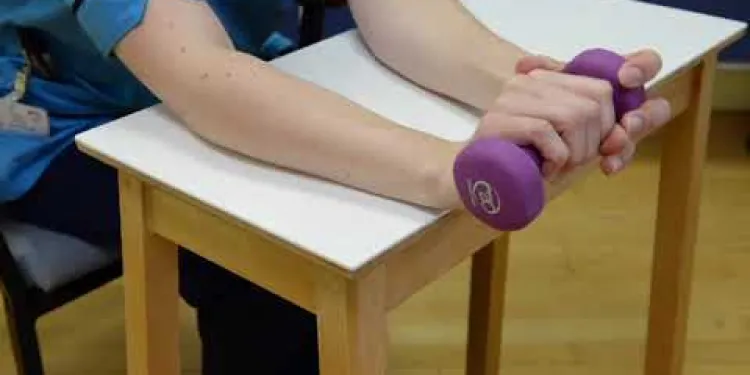
Elbow Eccentric Strengthening Exercise
Relevance: 16%
-
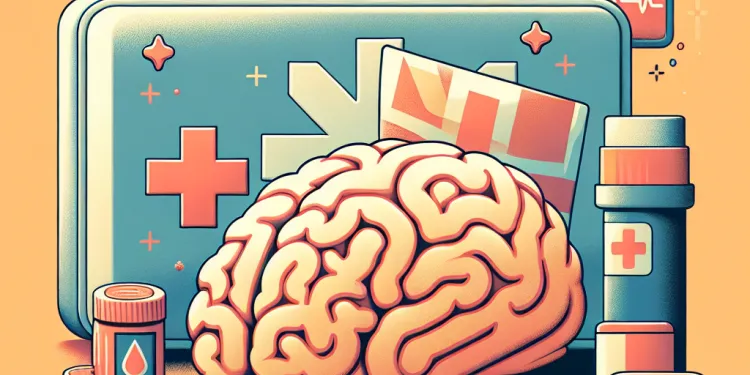
What immediate steps should be taken if someone has a concussion?
Relevance: 16%
Advice on Sports Injuries
Understanding Common Sports Injuries
Sports injuries are common and can range from minor sprains to more serious conditions such as fractures and concussions. Common sports injuries include sprains, strains, fractures, dislocations, and ligament injuries. Understanding the types of injuries can help in their prevention and proper management.
Immediate Steps to Take Following an Injury
If you experience a sports injury, the first course of action should be the R.I.C.E method: (Rest, Ice, Compression, and Elevation). Rest to prevent further damage, apply ice to reduce swelling, use compression bandages to support the injured area, and elevate the injury to reduce blood flow and swelling. If the injury is severe, seek medical attention promptly.
When to Seek Medical Advice
While minor injuries can often be treated at home, certain symptoms necessitate professional medical attention. If you experience severe pain, significant swelling, an inability to bear weight, or any numbness, consult with a healthcare professional immediately. It's always better to err on the side of caution to avoid long-term complications.
Preventing Sports Injuries
Prevention is key in avoiding sports injuries. Proper warm-up and cool-down routines, wearing appropriate gear, and maintaining good fitness levels are essential. Strengthening exercises, flexibility training, and listening to your body can also help in reducing the risk of injuries. Ensure you stay hydrated and understand the limits of your body.
Rehabilitation and Recovery
Recovery from sports injuries often involves physiotherapy, rest, and sometimes, medical interventions like surgery. Adhering to a prescribed rehabilitation program is critical for full recovery. In the UK, you can seek support from NHS physiotherapy services or private sports injury clinics. Remember, patience and persistence are vital during the rehabilitation process.
Advice on Sports Injuries
Understanding Common Sports Injuries
People who play sports can get hurt. These hurts can be small like a twist or big like broken bones or head bumps. Common hurts are twists, muscle pulls, broken bones, out-of-place bones, and tears. Knowing about these can help you stop them and fix them better.
Immediate Steps to Take Following an Injury
If you get hurt playing sports, do these things right away: Rest the hurt part, put Ice on it, wrap it with a bandage (Compression), and Elevate it (lift it up). This is called R.I.C.E. Resting stops it from getting worse. Ice helps stop swelling. A bandage supports it. Lifting it up stops more blood from going there. If it hurts a lot, see a doctor.
When to Seek Medical Advice
Some small hurts you can fix at home. But if it hurts a lot, swells a lot, you can't walk on it, or it feels numb, see a doctor. It's better to be safe to stop big problems later.
Preventing Sports Injuries
Stopping hurts before they happen is very important. Always warm up and cool down. Wear the right clothes and gear. Stay fit and do exercises to get stronger and more flexible. Listen to your body. Drink lots of water. Know when to stop if tired.
Rehabilitation and Recovery
Getting better after a sports hurt needs care. This might include physiotherapy, resting, or sometimes surgery. Follow what your doctor says to heal well. In the UK, NHS and private clinics can help. Remember, healing takes time, so be patient and keep trying.
Frequently Asked Questions
What should I do immediately after a sports injury?
Immediately after a sports injury, you should follow the R.I.C.E. method: Rest, Ice, Compression, and Elevation. This helps to reduce swelling and pain.
How long should I apply ice to a sports injury?
Apply ice to the injured area for 15-20 minutes every 2-3 hours during the first 48 hours after the injury. Avoid direct contact with the skin; use a cloth or towel to avoid frostbite.
When should I see a doctor for a sports injury?
You should see a doctor if the pain and swelling do not improve within a few days, if you are unable to bear weight, or if you suspect a fracture or dislocation.
Can I take over-the-counter medication for sports injuries?
Yes, over-the-counter pain relief medications such as ibuprofen or paracetamol can help manage pain and reduce inflammation. Always follow the recommended dosage instructions on the package.
How can I prevent sports injuries in the future?
Prevent sports injuries by warming up properly before exercising, using appropriate gear and equipment, maintaining good form, and gradually increasing the intensity of your workouts.
Is it safe to exercise with a minor injury?
It depends on the injury. If it's minor and doesn't affect your ability to perform activities without pain, gentle exercise might be beneficial. However, consult with a healthcare professional to ensure it's safe.
What are common symptoms of a sprained ankle?
Common symptoms include pain, swelling, bruising, and difficulty walking. The severity can vary, so it's important to rest and follow the R.I.C.E. method.
How do I know if I have a fracture or just a bad sprain?
A fracture is often accompanied by severe pain, deformity, and inability to move the affected limb. An X-ray is needed for a definitive diagnosis, so visit A&E or your GP if you're unsure.
What is the best way to treat shin splints?
Rest, ice, and over-the-counter pain relievers can help with shin splints. Ensure you are wearing appropriate footwear and gradually increase your activity levels to prevent recurrence.
How long should I rest before returning to sports after an injury?
The recovery time varies depending on the injury's severity. Follow the advice of your healthcare provider, and ensure you have regained full strength and mobility before resuming sports activities.
Should I use heat or ice for a muscle strain?
Use ice during the initial 48 hours after a muscle strain to reduce inflammation. After 48 hours, you can switch to heat to help relax the muscles and enhance blood flow for healing.
Can physiotherapy help with sports injuries?
Yes, physiotherapy can be very effective in treating sports injuries by improving mobility, strength, and flexibility, and preventing future injuries.
How can I tell if I have a concussion?
Symptoms of a concussion include headache, confusion, dizziness, nausea, and sensitivity to light. If you suspect a concussion, seek medical attention immediately.
Are there specific exercises for injury prevention?
Yes, exercises that focus on strength, flexibility, and balance can help prevent injuries. Consult with a physiotherapist for a tailored programme that suits your specific needs.
Can massage therapy help with sports injuries?
Massage therapy can aid in the recovery of sports injuries by reducing muscle tension, improving circulation, and promoting relaxation. However, it's essential to have it performed by a qualified professional.
What to Do Right After You Hurt Yourself Playing Sports
Get help if you need it. If it's really bad, ask an adult or call a doctor.
Remember R.I.C.E:
- Rest: Stop playing and rest the hurt part.
- Ice: Put a cold pack on the hurt area to help with swelling.
- Compress: Use a bandage to wrap the area gently.
- Elevate: Keep the hurt part raised up if you can.
Ask someone to help you remember what to do. Write things down so you don’t forget.
Use easy tools like pictures or videos to understand better.
If you hurt yourself playing sports, do this right away:
R.I.C.E.:
Rest: Stop and rest where you are.
Ice: Put ice on the hurt area.
Compression: Wrap the hurt area snugly, but not too tight.
Elevation: Raise the hurt part up above your heart.
These steps help swelling and pain.
How long should I put ice on a sports injury?
When you hurt yourself playing sports, putting ice on the injury can help.
Put ice on the injury for 15-20 minutes.
Do this every 2-3 hours if you can.
You can use a timer to help you keep track of the time.
Make sure to wrap the ice in a cloth so it does not hurt your skin.
Put ice on the hurt area for 15-20 minutes. Do this every 2-3 hours for the first 2 days after you get hurt. Do not put ice straight on the skin. Use a cloth or towel so you don't get frostbite.
When should I see a doctor for a sports injury?
If you hurt yourself playing sports, you might need to see a doctor. Here are some signs that you should see a doctor:
- The pain is really bad and doesn't go away.
- You can't move a part of your body, like an arm or leg.
- You see swelling or a big bruise.
- It hurts to walk or move.
- You feel dizzy or sick after getting hurt.
If you're not sure, it's always a good idea to ask a grown-up or someone you trust for help.
Sometimes, a doctor can help you get better faster. They might give you advice or medicine.
Tools like ice packs can help with swelling and pain. Rest and staying still can also help you heal.
You should go to the doctor if:
- Your pain and swelling don't get better after a few days.
- You can't stand or walk without help.
- You think you might have a broken bone or dislocated joint.
Can I use medicine from the store for sports hurts?
Did you hurt yourself while playing? You might be thinking about taking medicine you can buy at the store without a doctor's note. Here is what you need to know:
- Ask an adult: It’s always a good idea to talk to an adult or a doctor before taking any medicine.
- Read the label: The label on the medicine box will tell you how to use it safely.
- Use an ice pack: Putting ice on the sore spot can help with swelling and pain.
- Rest: Taking a break and letting your body heal is very important.
If the pain does not get better, make sure to see a doctor.
Yes, you can take pain pills you buy at the store, like ibuprofen or paracetamol, to help with pain and swelling. Make sure you read and follow the instructions on the package about how much to take.
How can I stop getting hurt when playing sports?
Here are some easy ways to help you stay safe:
- Warm Up: Before playing, do some gentle exercises to get your body ready.
- Use the Right Gear: Wear the right clothes and protective gear for your sport, like helmets or knee pads.
- Learn the Rules: Make sure you know how to play the game safely and follow the rules.
- Take Breaks: Rest when you feel tired. This helps your body stay strong and healthy.
- Stretch: After playing, do some stretches to help your muscles relax.
- Stay Healthy: Eat good foods and drink lots of water to keep your body strong.
If you get hurt, tell an adult and rest until you feel better.
You can stop getting hurt in sports by doing a few simple things. First, make sure to warm up before you start. Wear the right clothes and use the right equipment. Use good movements when you play or exercise. Lastly, start easy and slowly make your workouts harder.
Can I exercise if I have a small injury?
If you hurt yourself a little, like a small bump or bruise, you might wonder if it is okay to still do exercise.
Here are some tips to help you:
- Talk to a doctor. They can tell you if it's safe to exercise.
- If it hurts a lot, you should rest and not exercise.
- If you feel okay, you can try light exercise, like walking.
- Always stop if you feel more pain.
Use a pain chart to help you figure out how bad it feels. You might also like to use pictures or videos to understand better.
If you have a small injury, you might still be able to do some gentle exercise without it hurting. But, it is important to talk to a doctor or a healthcare professional to make sure it's safe for you.
What happens when you sprain your ankle?
If you hurt your ankle, you might:
- Feel pain
- Have swelling (your ankle might get big)
- See bruises (your ankle might turn blue or purple)
- Find it hard to walk
If you find this hard to understand, you can:
- Ask someone to read it to you
- Use a picture dictionary
- Listen to podcasts for kids about health
Some signs that you might be hurt are: feeling pain, seeing swelling, having bruises, and finding it hard to walk. How bad it is can be different for everyone, so it's good to rest and use the R.I.C.E. method.
How can I tell if I have a broken bone or a bad sprain?
Here are some things to think about:
- Pain: A broken bone usually hurts a lot. A sprain can hurt too, but not as much.
- Swelling: Both can make you swell up, but a break might cause more swelling.
- Bruising: A break might cause more bruising than a sprain.
- Shape: If your bone looks out of place, it might be broken.
If you don't know, it's best to see a doctor. They can take an x-ray to see if it's broken.
Ask a friend or family member for help. They can read this with you or take you to the doctor.
Use tools like a speaking app to help read this to you.
A broken bone can really hurt a lot. It might look bent or out of shape. You might not be able to move it. To find out for sure if the bone is broken, doctors use a special picture called an X-ray. If you think you have a broken bone, go to the hospital's emergency room or see your doctor. If reading or understanding this is hard, you can ask someone to help you or use a tool that reads out loud.
How can I help my sore shins?
To help with shin pain:
- Rest your legs when they hurt.
- Use ice to make your legs feel better.
- Take medicine you can buy at the store for pain.
Make sure you have good shoes. Then, slowly do a bit more each day to stop the pain from coming back.
If you need extra help, you can try:
- Talking to a doctor or a nurse.
- Trying exercises shown by a physiotherapist.
When can I play sports after getting hurt?
How long it takes to get better depends on how bad the injury is. Listen to your doctor and make sure you are strong and can move well before you start playing sports again.
What should I use for a sore muscle: heat or ice?
If you hurt your muscle, you might wonder if you should use heat or ice.
Here are some easy tips to help you:
Ice: Use ice first. Put a cold pack on the muscle. Do this for 15-20 minutes. It helps stop swelling and numbs the pain.
Heat: Use heat after a couple of days. A warm towel or heating pad can relax the muscle and ease pain.
Remember: Always wrap ice or heat in a cloth before putting it on your skin.
If you're not sure, you can ask a doctor or nurse for help. They can give you advice.
For the first 2 days after hurting a muscle, use ice to make swelling go down. After 2 days, use a warm pack. This helps the muscle feel better and heal faster.
Can physiotherapy help with sports injuries?
Do you play sports and get hurt?
A physiotherapist can help you get better.
They use exercises to make you strong again.
Talking to them can also help.
If you are hurting because of sports, a physiotherapist might be a good person to see.
Yes, physiotherapy can help a lot with sports injuries. It makes moving easier, helps you get stronger and more flexible, and stops injuries from happening again.
How do I know if I hurt my head?
If you have a concussion, you might feel a headache, confusion, dizziness, or feel sick in your stomach (nausea). You might also not like bright lights. If you think you have a concussion, go to the doctor quickly.
Helpful Tips:
- Use simple words to describe how you feel.
- Ask someone you trust to help you remember things.
- Wear sunglasses if bright lights bother you.
Can exercises help stop injuries?
Yes, there are exercises that can help keep you safe and stop you from getting hurt. These exercises make your body strong and ready to move safely.
If you want to stay safe, try doing these types of exercises:
- Stretching: Stretch your muscles to stay flexible.
- Balance: Practice standing on one leg or walking on a line.
- Strength: Lift light weights or use stretchy bands.
- Warm Up: Move around slowly before playing sports.
It is also good to ask for help. A coach or a video can show you the right way to do these exercises. If something hurts, stop and tell a grown-up.
Yes, doing exercises can help stop you from getting hurt. These exercises help you get strong, bendy, and keep your balance. Talk to a special doctor called a physiotherapist. They will make a special exercise plan just for you.
Can massages help if you get hurt playing sports?
Massage helps people get better after they hurt themselves playing sports. It helps by making muscles less tight, getting the blood moving better, and helping people feel relaxed. But it's very important to have a massage from someone who knows what they are doing.
Useful Links
- Ergsy carfully checks the information in the videos we provide here.
- Videos shown by Youtube after a video has completed, have NOT been reviewed by ERGSY.
- To view, click the arrow in centre of video.
- Most of the videos you find here will have subtitles and/or closed captions available.
- You may need to turn these on, and choose your preferred language.
- Go to the video you'd like to watch.
- If closed captions (CC) are available, settings will be visible on the bottom right of the video player.
- To turn on Captions, click settings .
- To turn off Captions, click settings again.
More Items From Ergsy search
-

Advice on sports injuries
Relevance: 100%
-

Can chiropractors help with sports injuries?
Relevance: 90%
-

Ask a physio: 3 common sports injuries and what happens next
Relevance: 78%
-

Can playing sports increase the risk of a concussion?
Relevance: 55%
-

Is it safe to participate in group sports while pregnant?
Relevance: 50%
-

Can I work or continue sports activities if I have Carpal Tunnel Syndrome?
Relevance: 41%
-

Navigating Personal Injury Claims: What You Need to Know Post-2023
Relevance: 37%
-

Can you participate in sports or physical activities with a stoma bag?
Relevance: 30%
-

Can concussions occur without a direct blow to the head?
Relevance: 30%
-

How can concussions be prevented?
Relevance: 30%
-

How can concussions be prevented?
Relevance: 27%
-

What is Concussion?
Relevance: 27%
-

Is there any way to prevent concussions?
Relevance: 27%
-

Are Concussions common in Rugby?
Relevance: 26%
-

ACL Brace
Relevance: 26%
-

What causes concussions in rugby?
Relevance: 26%
-

DBTH VFC DISLOCATED SHOULDER
Relevance: 25%
-

Is training available for coaches to help prevent concussions?
Relevance: 25%
-

Are there any exercises to avoid during pregnancy?
Relevance: 25%
-

Are helmets required in rugby to prevent concussions?
Relevance: 24%
-

Are children more susceptible to concussions than adults?
Relevance: 24%
-

How is a concussion diagnosed?
Relevance: 22%
-

How is a concussion diagnosed?
Relevance: 22%
-

When is it safe to return to normal activities after a concussion?
Relevance: 22%
-

Is there a protocol for managing concussions in rugby?
Relevance: 22%
-

What role do schools play in managing concussions?
Relevance: 22%
-

What does a Chiropractor do?
Relevance: 22%
-

How do concussions impact long-term health in rugby players?
Relevance: 22%
-

Can players return to play on the same day after a suspected concussion?
Relevance: 21%
-

Is headache a symptom of a concussion?
Relevance: 20%
-

ACL exercises post-operation
Relevance: 19%
-

What support is available for rugby players who suffer concussions?
Relevance: 19%
-

Elbow
Relevance: 18%
-

Can first aid skills help in daily life?
Relevance: 18%
-

How can I ensure safety during pregnancy exercises?
Relevance: 17%
-

Where can AEDs typically be found?
Relevance: 17%
-

Self-care for sprains and strains
Relevance: 16%
-

Can Ibuprofen be used to reduce inflammation?
Relevance: 16%
-

Elbow Eccentric Strengthening Exercise
Relevance: 16%
-

What immediate steps should be taken if someone has a concussion?
Relevance: 16%


